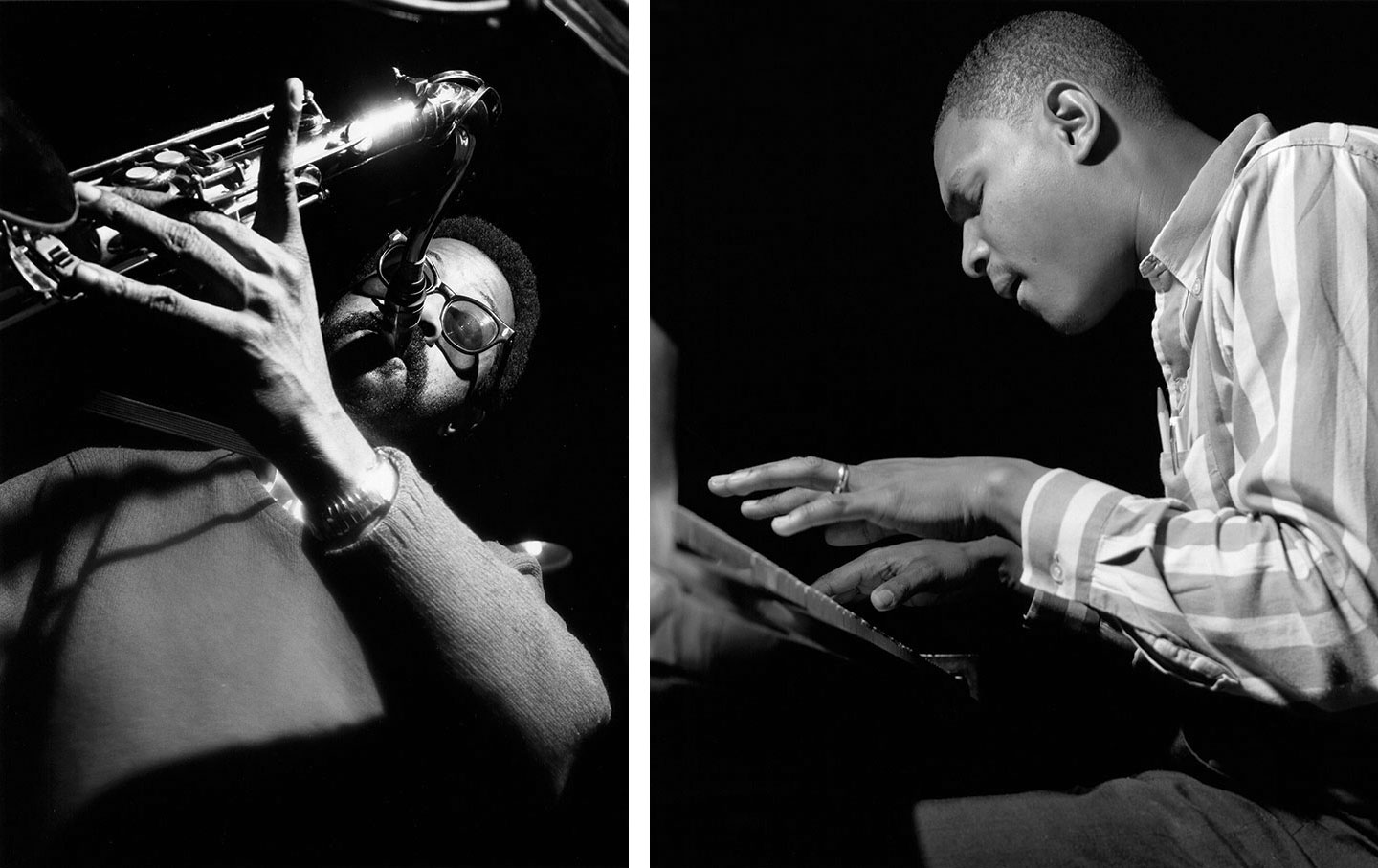Jazz Off the Record
I bought this TWO CD set. I'm glad I did.
OS
https://www.thenation.com/article/culture/slugs-jazz-ethan-iverson/?custno=
In the late 1960s, the recording industry lost interest in America’s greatest art form. But in a small, dark club on the Lower East Side of Manhattan, jazz legends were playing the best music you’ve never heard.
By Ethan Iverson

Tenor saxophonist Joe Henderson and pianist McCoy Tyner.
(Francis Wolff / Blue Note)
Sometime in the late 1960s or early ’70s, Lee Morgan bought his girlfriend Helen Moore a gun. “It’s for your protection,” he told her. Perhaps it was a thank-you gift, because Moore had turned the great jazz trumpeter’s life around. Despite being one of American music’s brightest lights in the 1960s—and scoring one of its biggest instrumental hits, “The Sidewinder”—Morgan had fallen deep into the despair of heroin addiction, to the point of being considered unreliable and unhireable by just about everyone. Moore picked him up, got him straight, and started managing his career. Then, in February 1972, in a plot twist worthy of an old blues ballad like “Frankie and Johnny,” Moore put a bullet into Morgan’s chest from the very gun he’d bought her. The murder took place at Slugs’, a disreputable joint on the Lower East Side of Manhattan. Slugs’ closed soon after, and the jazz scene seemed to change forever.
There remains something mysterious about the years leading up to this tragic event. The work of musicians like Morgan, who was still playing swinging music in mostly acoustic ensembles, had begun to decline in popularity after 1964, when “The Sidewinder” could be found on every jukebox, and labels were taking less interest in putting it on record. John Coltrane’s death in July 1967 had seemed to mark the end of an era. Coltrane was the lodestar of a generation, a virtuosic saxophonist and visionary composer who channeled devout spirituality and fierce intellectual exploration in every note he played. Between the death of Coltrane and the death of Morgan, there is a dearth of great material in the recorded canon. However, at least according to legend, the music was better than ever, and a lot of it was happening at Slugs’.
That makes Blue Note’s recent release of Forces of Nature: Live at Slugs’—a 1966 recording featuring the pianist McCoy Tyner, who long held the piano chair in the John Coltrane Quartet, the saxophonist Joe Henderson, and the bassist Henry Grimes—a major event. The drummer in that all-star band was the great Jack DeJohnette, who is now its only surviving member, and he’s the one who held onto the tape all those years. The engineer Orville O’Brien had casually recorded that night’s session, and the drummer was curious to hear how it sounded. “I had asked Orville if he could give me a seven-and-a-half i.p.s. copy of that show and he did,” DeJohnette remembers in the liner notes. “Thanks to that seven-and-a-half reel-to-reel, we have the gift of this music.”
FULL story at link above.
